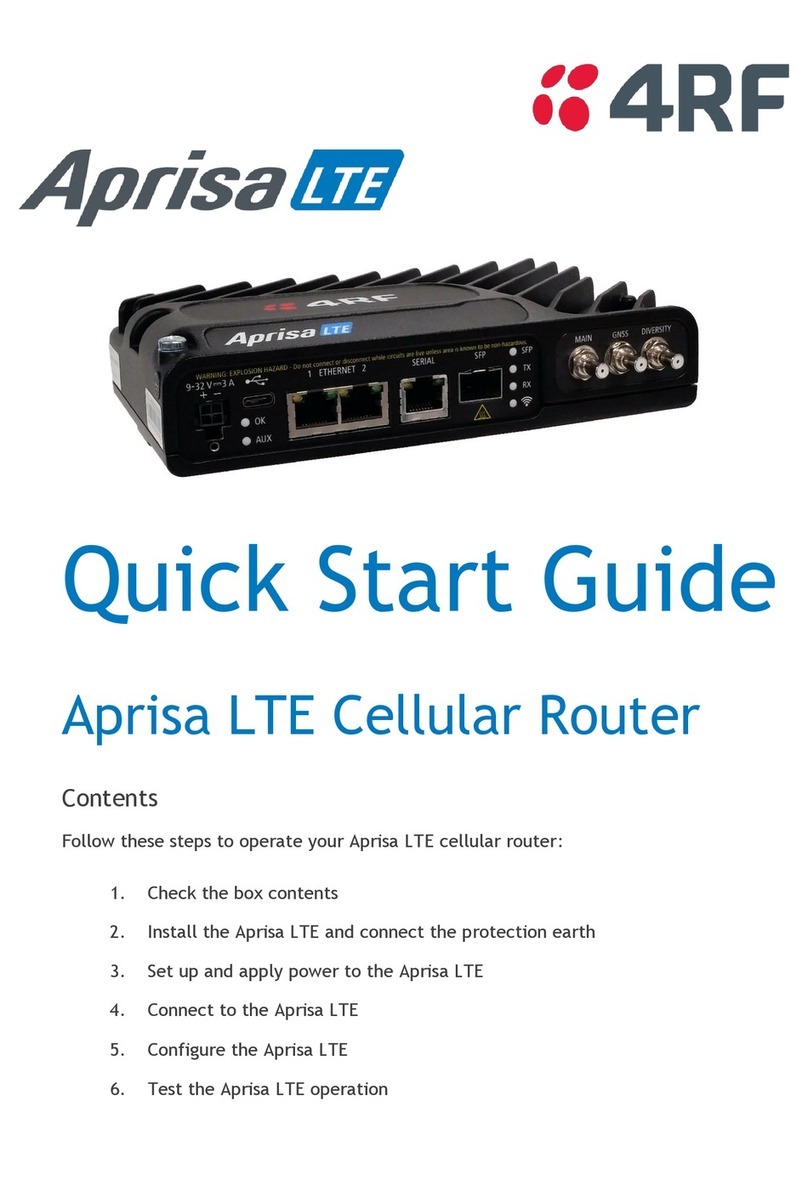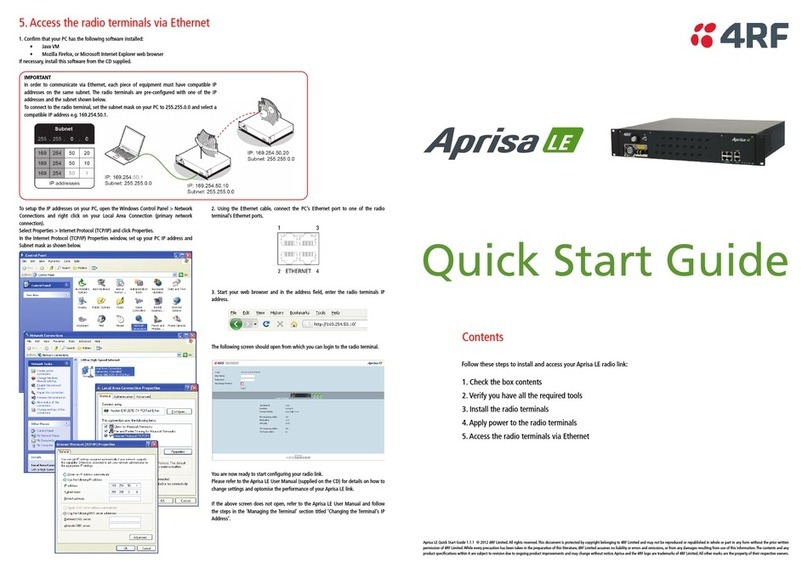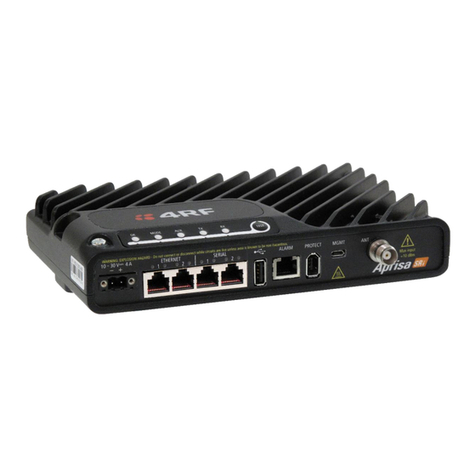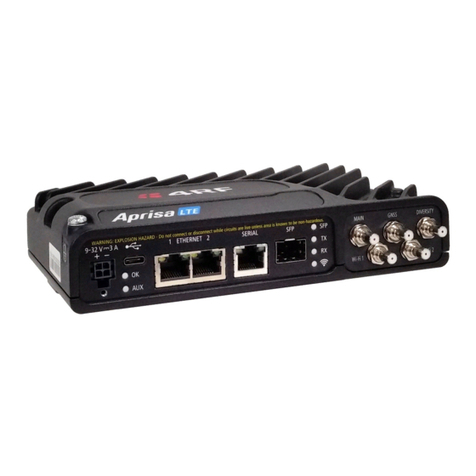
4. Product Options ......................................................................... 27
Dual Antenna Port...............................................................................27
Protected Station ...............................................................................28
Operation..................................................................................28
Configuration Management ......................................................29
Switch Over ...............................................................................29
Switching Criteria .................................................................29
Hardware Manual Lock............................................................30
Remote Control....................................................................30
Installation ................................................................................31
Mounting............................................................................31
Cabling ..............................................................................31
Power ...............................................................................31
Maintenance ..............................................................................32
Changing the Protected Station IP Addresses .................................32
Protected Station Software Upgrade ...........................................32
Replacing a Protected Station Faulty Radio ...................................33
Setting the Software Manual Lock ..............................................33
Spares ......................................................................................34
Replacing a Faulty Protection Switch ..........................................34
Data Driven Protected Station.................................................................35
Operation..................................................................................35
Switch Over ........................................................................36
Configuration Management ......................................................36
Installation ................................................................................37
Mounting............................................................................37
Cabling ..............................................................................38
Power ...............................................................................38
5. Implementing the Network ........................................................... 39
Network Topologies .............................................................................39
Point-To-Point Network ..........................................................39
Point-to-Multipoint Network.....................................................39
Point-to-Multipoint with Repeater 1............................................39
Point-to-Multipoint with Repeater 2............................................39
Initial Network Deployment ...................................................................40
Install the Base Station..................................................................40
Installing the Remote Stations .........................................................40
Install a Repeater Station ...............................................................40
Network Changes................................................................................41
Adding a Repeater Station ..............................................................41
Adding a Remote Station ................................................................41































